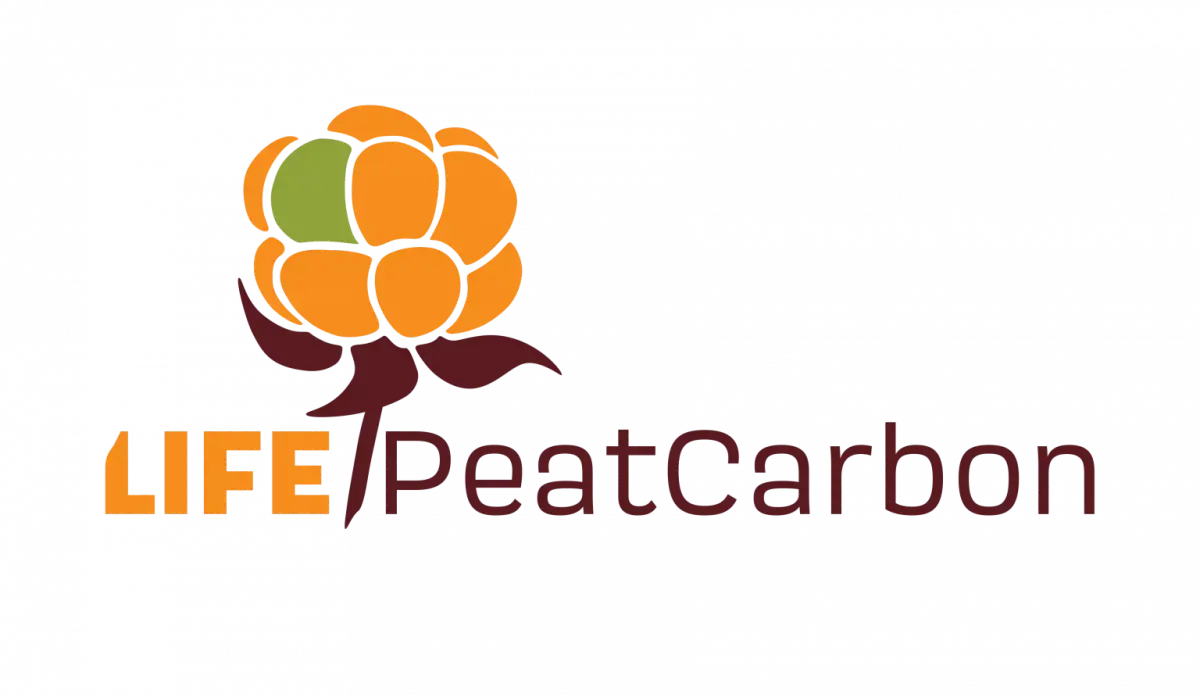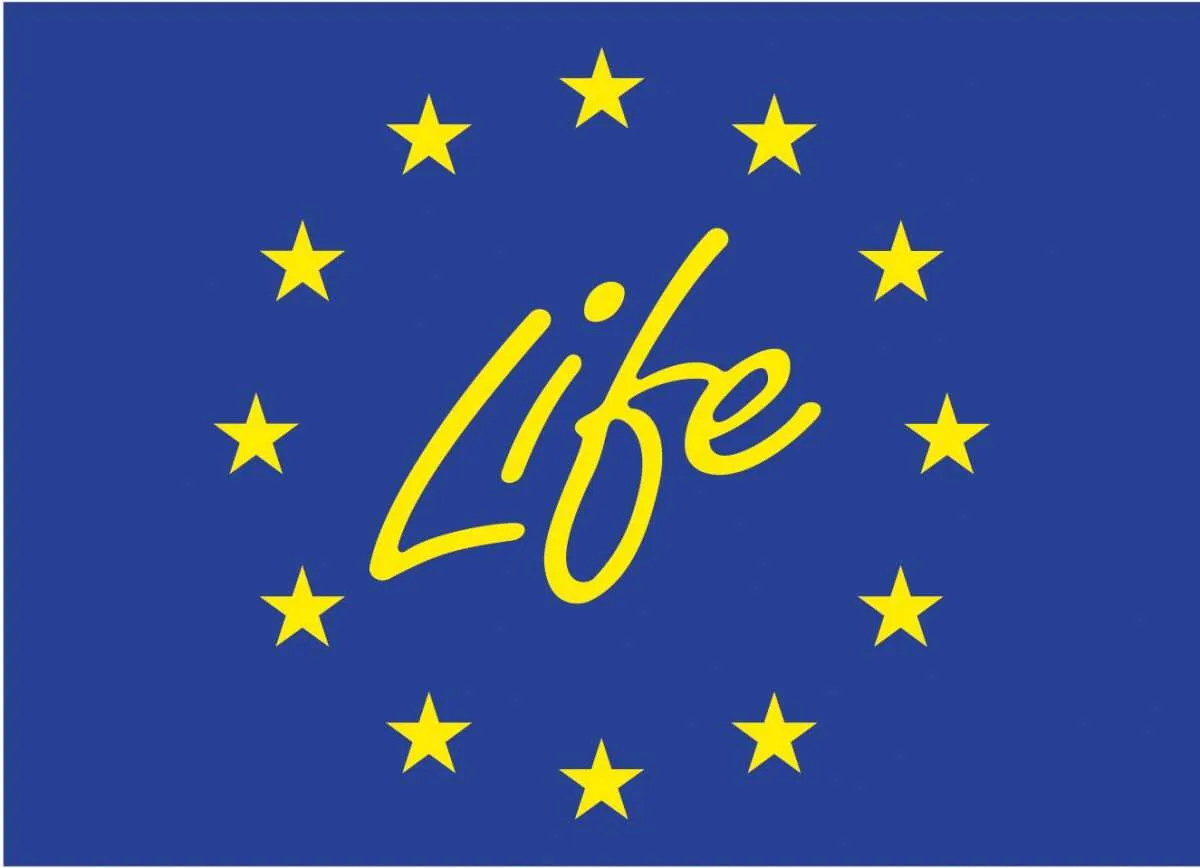LIFE PeatCarbon
Peatland restoration for greenhouse gas emission reduction and carbon sequestration in the Baltic Sea region.
Project number: 101074396
Project acronym: LIFE21 – CCM – LV – LIFE – PeatCarbon
Project financial programme: European Commission LIFE Climate Action Programme
Project duration: 01.07.2022 – 30.06.2027
Coordinating beneficiary: University of Latvia
Project coordinator at FMI: Tuula Aalto, tuula.aalto@fmi.fi
Project aim: implementation of Climate Change Mitigation (CCM) measures in peatlands, adaptation and demonstration of innovative tools and applicable methods for GHG monitoring
Participating nations: Latvia, Finland, Denmark, Germany
Project beneficiaries in Finland: Finnish Meteorological Institution, Oulu University and Luonnonvarakeskus – Natural resources institute.
Beneficiaries from other countries: University of Latvia (LU), Institute for Environmental Solutions, “Baltijas Krasti”, SIA “AGS Sistēmas”, SIA “EthnoExpert”, Latvian State Forest Research Institute “Silava”, Amphis international (Denmark), Naturschutzbund Deutschland (Germany) and Silkeborgas municipality (Denmark)
Project budget: 4 425 740,42 euros
Financial support from the European Commission: 60%
Project sites in Finland: Välisuo Mire and Matorova Mire
Project sites in Latvia: Cenas Mire, Lielais Pelečāres Mire, Melnais Lake Mire and Sudas-Zviedru Mire in Gauja National Park
Project description:
Globally, peatlands are considered to be ecosystems of great importance. Peatlands are rich in biodiversity and play a crucial role in climate regulation and water cycling. The layer of peat that is developed over thousands of years in these areas acts as an immense carbon sink. Due to drainage of peatlands, large quantities of greenhouse gases are released, contributing to global warming.
Financed by the European Commission and based on the cooperation of Latvia, Finland, Germany and Denmark, project LIFE21-CCM-LV-LIFE-PeatCarbon aims to implement climate change mitigation (CCM) measures in raised bogs in Latvia and Finland.
To stop continual degradation and release of carbon emissions from these peatlands, dams in drainage ditches along the bog perimeters will be constructed. The water-soaked earth will allow vegetation to regrow in degraded areas and prevent carbon from being released from the peat.
An important aspect of the project is the utilization of innovative methods, including the creation of an ecosystem model based on remote sensing and monitoring results. Through these innovative methods, resulting changes in the hydrology, vegetation and greenhouse gas (GHG) emissions can be supervised closely. Monitoring also provides and contributes to knowledge on decreasing GHG emissions that can later be accessed by policy-makers and the general public. Knowledge sharing events hosted by Germany and Denmark at the end of the project to educate politicians, experts and the public will promote the results of the project and the importance of peatlands in carbon emission reduction.
Project objectives:
Implementation of CCM measures in peatlands to reduce greenhouse gas (GHG) emissions in Latvia and Finland, thus contributing to the specific objectives of LIFE Climate Action.
Testing innovative monitoring methods for the comprehensive assessment of GHG emissions in Latvia and Finland, thus contributing to the identification, verification and demonstration of innovative CCM technologies, methods and instruments that are suitable for being replicated and transferred for management of peatlands in the Baltic Sea region and EU in general. Monitoring will be carried out for the implemented management measures in the project sites established within the proposed Project as well as previous LIFE project sites, thus ensuring the verification, uptake, replication and transferability of the results achieved under LIFE Climate Action programme, and upscaling the results of previous LIFE projects.
Monitoring of the CCM measures in 2 peatland restoration sites in Latvia – Lielais Pelečāre Mire Nature Reserve, Cena Mire Nature Reserve and 2 in Finland – Välisuo Mire, Matorova Mire in Finland as well as 3 LIFE Project sites where peatland restoration was carried out previously in Latvia: Cena Mire Nature Reserve (“LIFE Mires,” LIFE04 NAT/LV/000196), Melnais Lake Mire Nature Reserve (“LIFE Raised bogs,” LIFE08 NAT/LV/000449) and Sudas-Zviedru Mire in Gauja National Park (“LIFE Wetlands,” LIFE13 NAT/LV/000578), thus ensuring the verification, uptake, replication, and transferability of the results achieved under LIFE Climate Action programme.
Development of Tool for application of replicable and transferable remote sensing (RS) based monitoring and modeling tools for GHG assessments and inventories as well as for applying replicable and transferable indicators for the evaluation of peatland restoration success.
Carrying out innovative dissemination, awareness raising and training activities to improve the knowledge base for the development, assessment, monitoring, evaluation and implementation of effective CCM actions and measures for degraded peatlands and to enhance the capacity of national and local authorities to apply the knowledge in practice.
Harmonise peatland communication efforts, inside and outside LIFE PeatCarbon.
Expected results:
During the project implementation in period 2022-2027, the reduced amount of CO2 emissions in the project sites including degraded will reach 37117 tons CO₂ eq. yr⁻¹ in Latvia and 3500 tons CO₂ eq. yr⁻¹ in Finland.
Peatland Climate Change Mitigation (CCM) measures will be carried out in Latvia and Finland followed by the reduction of peatland degradation. The area where positive effect from management actions will be reached comprises 5076 ha in Latvia (Lielais Pelečāre Mire – 4946 ha, Cena Mire – 130 ha) 338 ha Finland Välisuo Mire 114 ha, Matorova Mire 224), and a total of 5414 ha in the project.
Comprehensive methodology for assessment of the CCM impacts of implemented measures regarding developed and evaluated replicable and transferable indicators for the evaluation of peatland restoration and recultivation success by applying RS solutions.
Development of modeling tools for a cost-effective monitoring and estimation of projections of GHG emissions from peatlands under diverse climatic conditions implemented in the simulation model (RS modeling tool, rapid vegetation monitoring).
Progress reports (or relevant documentation elaborated according to the LULUCF regulation), emission projections, and GHG inventories in The Baltic Sea region.
Improved methods and data presented in national GHG inventories and related documents in the Project countries.
Internationally applicable Best Practice Book on implementation and monitoring CCM measures, harmonized GHG measurement and data processing methods and an ecosystem model for degraded and abandoned peatlands in The Baltic Sea region.
Increased awareness of authorities, decision makers, local people, experts, and other relevant stakeholders regarding the impact of peatland use and restoration.
Improved synergies with other LIFE peatland projects in terms of communication activities and policy messages.


